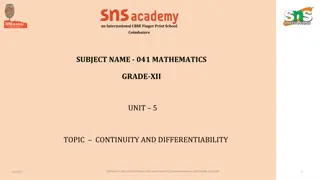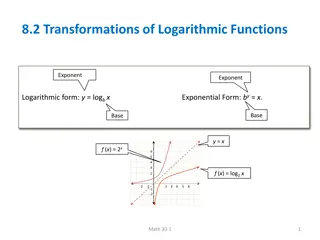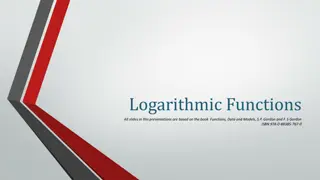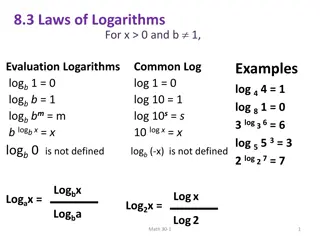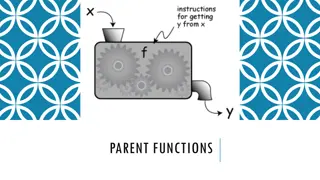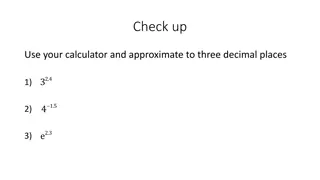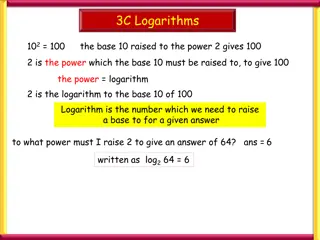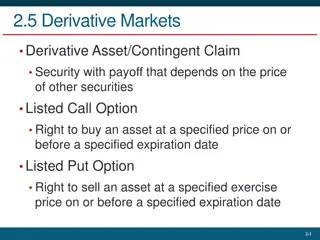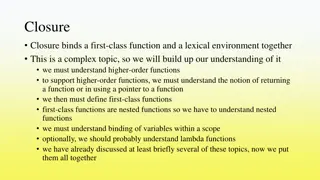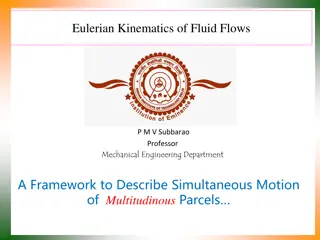Derivative of Logarithmic Functions
Learn how to find derivatives of logarithmic functions using natural logarithms, important techniques for challenging derivatives involving functions raised to functions, sine, product, quotient, and chain rule problems. Follow steps in logarithmic differentiation to simplify calculations and solve equations efficiently through examples.
Download Presentation

Please find below an Image/Link to download the presentation.
The content on the website is provided AS IS for your information and personal use only. It may not be sold, licensed, or shared on other websites without obtaining consent from the author.If you encounter any issues during the download, it is possible that the publisher has removed the file from their server.
You are allowed to download the files provided on this website for personal or commercial use, subject to the condition that they are used lawfully. All files are the property of their respective owners.
The content on the website is provided AS IS for your information and personal use only. It may not be sold, licensed, or shared on other websites without obtaining consent from the author.
E N D
Presentation Transcript
Derivative of Logarithmic Functions 1
a logarithmic function with base a in terms of the natural logarithmic function: Since ln a is a constant, we can differentiate as follows: example: 2
IMPORTANT and UNUSUAL: If you have a daunting task to find derivative in the case of a function raised to the function ??,?sin ? , , or a crazy product, quotient, chain problem you do a simple trick: FIRST find logarithm ,??,so you ll have sum instead of product, and product instead of exponent. Life will be much, much easier. STEPS IN LOGARITHMIC DIFFERENTIATION 1. Take natural logarithms of both sides of an equation y = f(x) and use the Laws of Logarithms to simplify. 2. Differentiate implicitly with respect to x. 3. Solve the resulting equation for y . 3
example: Differentiate: Since we have an explicit expression for y, we can substitute and write If we hadn t used logarithmic differentiation the resulting calculation would have been horrendous. 4
example: ? = ?sin ? ? =? ln? =(sin?)ln? 1 ? ? = (cos?)ln? +sin? ? ? = (ln?)?sin ?cos? + (sin?) ?sin ? 1 Try: ? = (sin?)? 5


